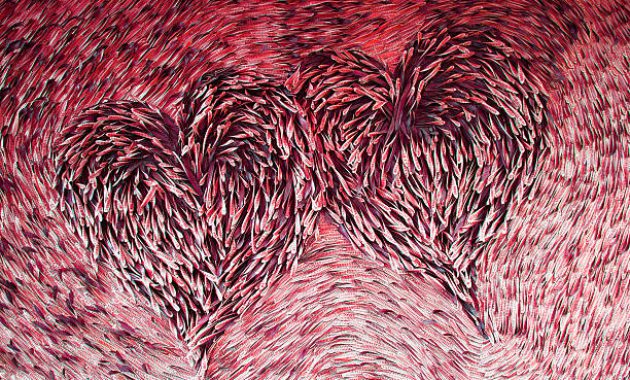Seed Stitch Knitting often stands out in the vast world of knitting patterns, offering a textured charm that’s hard to resist. At the heart of many intricate designs, this stitch serves as an essential component, elevating the tactile and visual appeal of knitted items. Beyond its aesthetic allure, the texture it introduces is pivotal for various projects, making them more interesting, versatile, and elegant.
History and Basics of Seed Stitch Knitting
The seed stitch, reminiscent of scattered seeds, has historical roots stretching back to eras where knitters aimed to maximize texture with minimal effort. Its technique relies on alternating knit and purl stitches, which forms the characteristic ‘bumpy’ texture we associate with this pattern. This divergence from the flat surface of the stockinette stitch makes it both intriguing and unique.
Advantages of Seed Stitch Knitting in Design
Seed stitch knitting is lauded for adding depth and texture to otherwise plain surfaces. The dimensional quality it provides has been a go-to for designers aiming for a tactile charm in their knitting patterns. Its versatility shines through, making it apt for almost any project, be it a cozy winter blanket or a trendy scarf. Furthermore, this stitch isn’t discriminatory; whether you’re delving into beginner knitting techniques or you’re an advanced knitter seeking to add flair to your project, the seed stitch is a worthy ally.
Examples of Seed Stitch Knitting Projects
Scarves: Imagine wrapping a scarf around your neck on a chilly morning. The seed stitch variation lends a plush, comforting feel to scarves, setting them apart from their plain counterparts. Visualize the rich texture, a combination of yarn choices and technique, evoking admiration and curiosity.
Blankets: In the realm of blankets, the seed stitch enhances coziness multi-fold. As you drape it, every bump and groove, made using the right knitting needles, whispers tales of warmth and snugness.
Sweaters: Sweaters with seed stitch detailing are a true testament to craftsmanship. They add character and make even a simple design look upscale.
Accessories: From hats to mittens, the seed stitch ensures that each piece is more than just functional; it’s a style statement. Each accessory becomes a work of art, a testament to the knitter’s skill and choice.
Tips and Tricks for Perfect Seed Stitch Knitting
Achieving perfection in seed stitch knitting is about mastering a few key areas. First, managing yarn tension is pivotal. A consistent tension ensures that the texture remains uniform. Next, needle choice plays a significant role. Depending on your yarn choices, the right knitting needles can make all the difference. And while diving into knitting tutorials might make the process seem straightforward, be wary of common pitfalls, like inadvertently aligning knit over knit or purl over purl, which can throw off the pattern.
Comparing Seed Stitch Knitting to Other Textured Stitches
While moss stitch also delivers a textured finish, it’s the seed stitch that often garners attention for its distinct, scattered texture. In the dance of textures, rib stitch offers rhythm, but seed stitch introduces spontaneity. The combinations of ribbing with seed stitches can lead to captivating knitting patterns that are both rhythmic and whimsical. Amidst these variations, seed stitch knitting stands tall, with its unique balance of simplicity and charm.
In the intricate tapestry of knitting, the seed stitch emerges as a timeless pattern, offering both tactile comfort and visual delight. Its ability to enhance a plethora of projects, from scarves to sweaters, underlines its significance in the knitting world. So, the next time you pick up your knitting needles, consider the seed stitch as a companion in your creative journey. Embrace its texture, celebrate its history, and watch your projects transform!

Passionate about all things craft-related, I am a dedicated and creative craft blogger with a knack for turning ordinary materials into extraordinary masterpieces.

